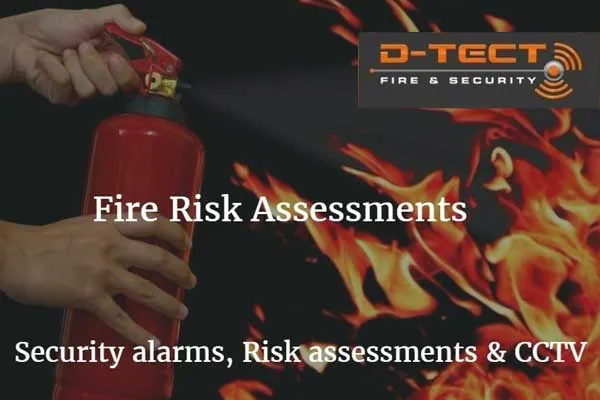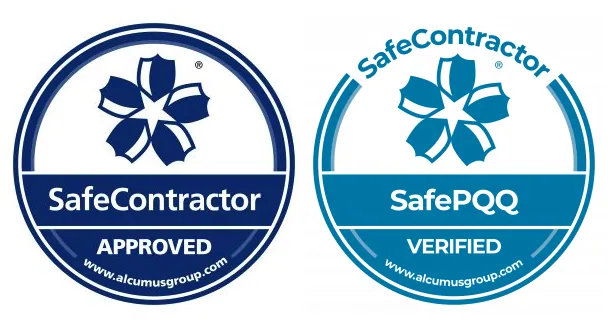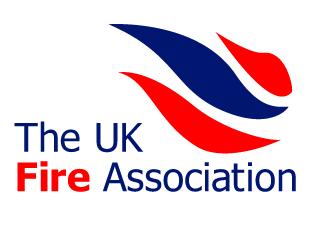
What is a fire risk assessment?

Over the past 50 years, business and industrial activities have undergone major changes. As technological advances have led to the emergence of new materials and processes, we have witnessed an exponential increase in the number and application materials, products, chemicals, types of buildings and industrial sites, which affect the risk of people and effective business continuity. High-rise buildings and other enclosures have also meant an effective increase of risk.
Businesses at various levels have responded to this growing trend by making a major effort to regulate the activities, especially those that generate higher risk, enacting laws, regulations and ordinances that try to minimise the risk at source, by prevention.
Here we present some of the different methods that exist today for the identification and assessment of risk of fire in enclosures, buildings and industries, which allow managers and emergency services adopt appropriate prevention measures.
Risks and hazards
The word risk is often used to indicate the possibility of loss, or as an economic measure of damage to persons expressed as a function of the probability of occurrence and the magnitude of the consequences. The only valid parameter determining the measures of security to take in an activity to control the risk of fire is knowledge, both the qualitative and quantitative degree of fire risk.
Given the need to evaluate a risk of fire, we classify the objectives of the evaluation, determining:
- The risk that the fire starts.
- The risk of fire spreading.
- Material impact on the company.
- The human and material consequences to third parties if the fire exceeds the boundaries of the property.
- Consequences to staff of the company and visitors to it.
Factors involved in a fire
The probability that a fire starts and whether it leads to tragic consequences, is not the result of chance, but a number of factors, whose existence influence such odds.
The factors can be grouped into:
Factors that enhance the start of the fire
- Dangerousness of the fuel, which includes on one hand how easily the fuel ignites, and secondly the ease with which the chain reaction propagates through the mixture thereof with the oxidizer.
Factors that enhance the spread and material consequences.
- Fire sectors: the greater the surface, the more increased risk of fire.
- Height sector: higher, better propagation (flame spread is favoured by convection currents).
- Property thermal load: corresponding to materials that are part of the construction.
- Thermal load content: corresponding to combustible materials, which are envisaged as normally required for the operation of local or storage thereof.
- Difficulties of fighting fires: such as the generation of smoke, difficult access for fire services, the need for special firefighting equipment, etc.
- Corrosion of smoke: How damaging the smoke can be on building interiors and exteriors.
- Product vulnerability: (in a warehouse of food, a fire limits the marketing of products).
- Economic value: How much in terms of financial loss the fire has on the business.
- Smoke evacuation: through the existence of fire exits and windows that facilitate the safe exit of fumes and therefore have better access to escape from the fire.
- Self – protection plan: namely the existence of certain organisational measures such as means of early detection of fires, alarm means, organisation of intervention teams, media materials to combat fire, staffing and time of intervention of external aid, etc.
At D-TECT we will work with you to complete a fire risk assessment at your place of work. We’re happy to talk through the process to ensure complete peace of mind. Get in touch today on 01903 357000 or email info@dtectgroup.co.uk.



